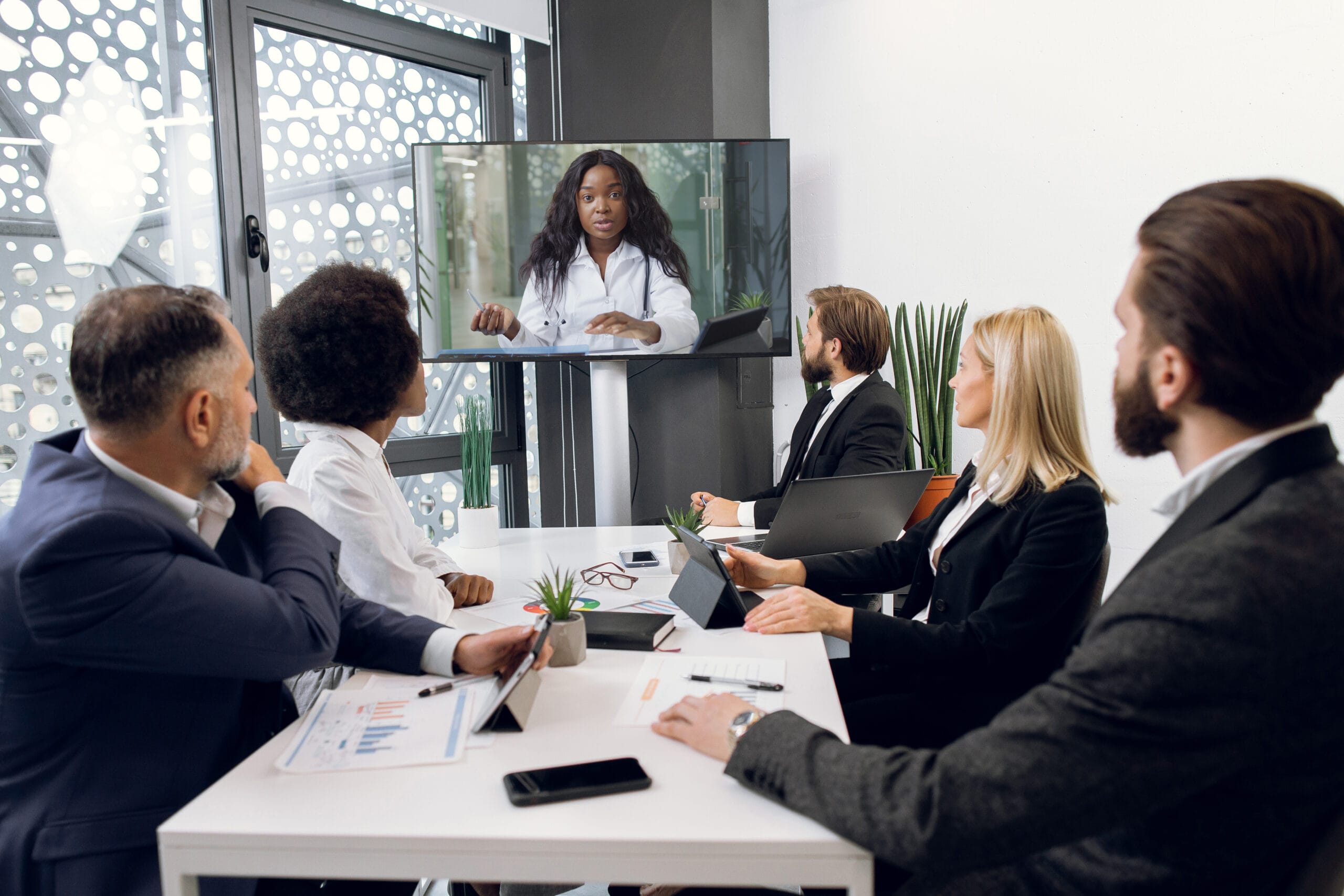High-quality trial presentations help you succeed in legal proceedings.
High-quality trial presentations help you succeed in legal proceedings.
Blog Article
Exactly How Trial Presentations Enhance Your Argument and Convince Jurors
Trial presentations act as a critical mechanism for enhancing legal debates and persuading jurors. By integrating aesthetic aids, narrative frameworks, and psychological involvement, attorneys can create an engaging instance that reverberates on multiple degrees. The tactical use of visuals not only clears up complex details but likewise catches jurors' focus better than words alone. However, the art of storytelling plays a similarly crucial duty in changing accurate proof into an engaging story, forming jurors' understandings - trial presentations. Understanding these elements can substantially impact trial results, elevating the concern of how each element adds to this complex dynamic.

Significance of Aesthetic Help
Aesthetic help play a crucial function in enhancing the performance of trial discussions, as they can substantially enhance target market engagement and retention of details. In the context of a trial, where jurors are entrusted with processing complex details, visual aids offer to streamline and clarify key points. Graphes, graphs, and pictures can communicate information and principles that may or else overwhelm or puzzle jurors, permitting a more simple understanding of the proof offered.
Additionally, visual aids aid in keeping juror interest throughout the proceedings. By damaging the dullness of verbal statement, these tools can stress crucial disagreements, making them a lot more remarkable. Reliable aesthetic help can also evoke psychological responses, which can be crucial in convincing jurors to straighten with the speaker's narrative.

Crafting Compelling Stories
An engaging story is essential in trial discussions, as it works as the foundation of effective persuasion. It permits lawyers to weave together facts, evidence, and emotional elements into a systematic story that resonates with jurors. This narrative framework enables jurors to understand the complexities of the instance while leading them through the lawyer's argument.
To craft an engaging story, lawyers should concentrate on clarity and comprehensibility. In addition, the usage of vibrant summaries can produce psychological photos that help jurors picture the events, making the narrative much more unforgettable.
Moreover, integrating key themes throughout the discussion reinforces the core message and aids in retention - trial presentations. The narrative needs to not just communicate info yet additionally stimulate a feeling of justice, highlighting the stakes involved. Inevitably, a well-constructed narrative fosters a link in between the jurors and the instance, positioning the lawyer's disagreement as both reliable and engaging, therefore increasing the probability of a beneficial judgment

Engaging the Court Psychologically
Efficient jury engagement pivots on the lawyer's capability to connect with jurors on an emotional level. This link can significantly impact jurors' perceptions and their supreme decision-making.
Visual help, such as photographs or video clips, can even more boost psychological involvement, offering jurors with dazzling depictions of the situation's human components. Crafting a narrative that highlights the struggles and victories of the people involved guarantees that jurors see past the legal disagreements and acknowledge the human repercussions of their decisions.
An attorney's passionate delivery can reverberate with jurors, enhancing their psychological financial investment in the situation. It's important to stabilize psychological charms with accurate evidence, making sure that jurors really feel compelled to act while staying grounded in the truth.
Structuring Your Discussion

The body of the discussion ought to be logically fractional into bottom lines, each sustained by compelling proof. It is valuable to utilize storytelling techniques to weave facts into a narrative that jurors can easily comply with. Aesthetic help, such as charts and videos, can improve comprehension and engagement, aiding to highlight critical pieces of evidence.
Real-World Case Studies
Taking a look at real-world case research studies gives vital insights into the art of test presentations and persuasion. The defense group properly employed a strategy that incorporated high-profile professional testaments with multimedia discussions, which captivated jurors and inevitably influenced their decision.
Another noteworthy instance is the "McDonald's Coffee Instance," where the complainant's attorneys utilized visuals images of the injuries received by Stella Liebeck. trial presentations. This stark aesthetic proof played an essential duty in conveying the seriousness of her burns, causing a considerable jury award. Such situations demonstrate that impactful test presentations frequently rest on the efficient combination of visuals and storytelling to stimulate emotional reactions from jurors
In addition, the "Casey Anthony Test" highlighted the significance of narrative comprehensibility and trustworthiness. The prosecution's failure to establish a compelling timeline lessened their convincing power, emphasizing the requirement of a well-structured presentation. Analyzing these instances reveals that successful trial discussions call for critical planning, psychological interaction, and the capability to resonate with jurors' values and beliefs.
Final Thought
Trial discussions considerably enhance disagreements and encourage jurors via the strategic usage of aesthetic aids, engaging stories, and emotional engagement. By simplifying intricate information and fostering links with the target market, these aspects produce a remarkable and impactful experience. A well-structured discussion balances psychological charms with factual proof, eventually resonating with jurors' values. The integration of these strategies not only affects decision-making yet also underscores the importance of effective interaction in look at this site the court.
Report this page